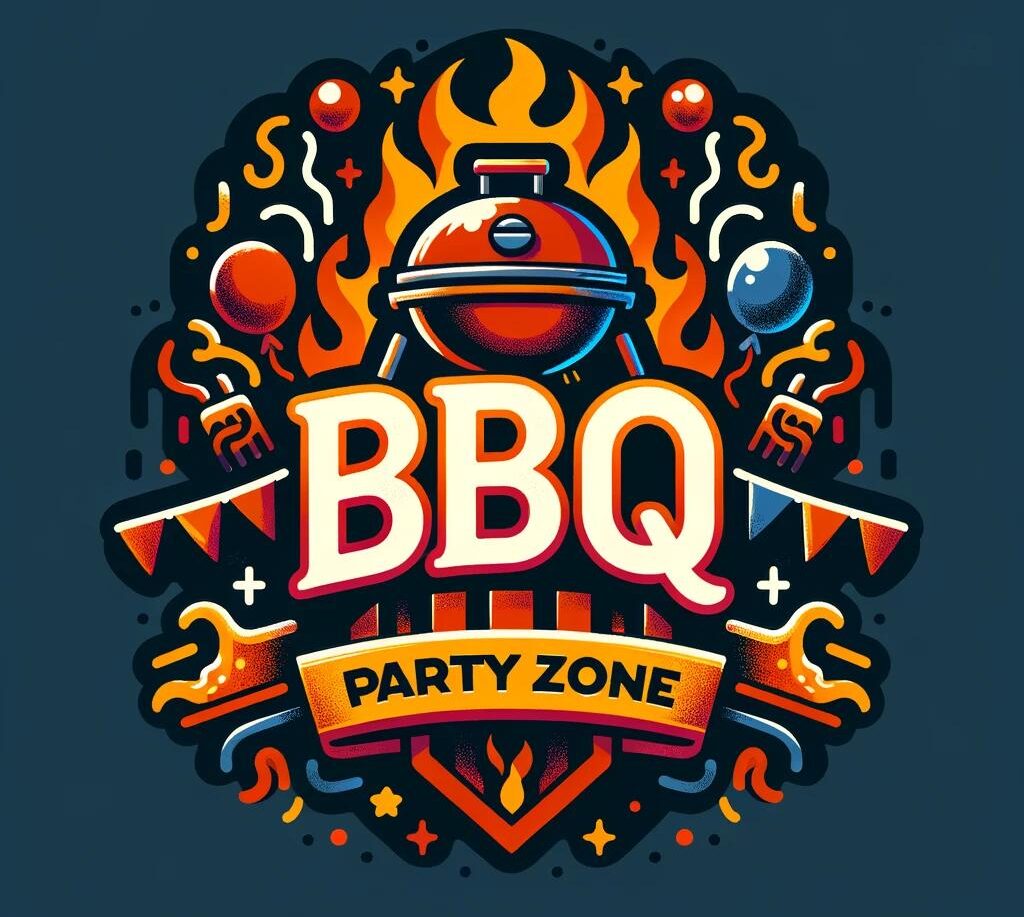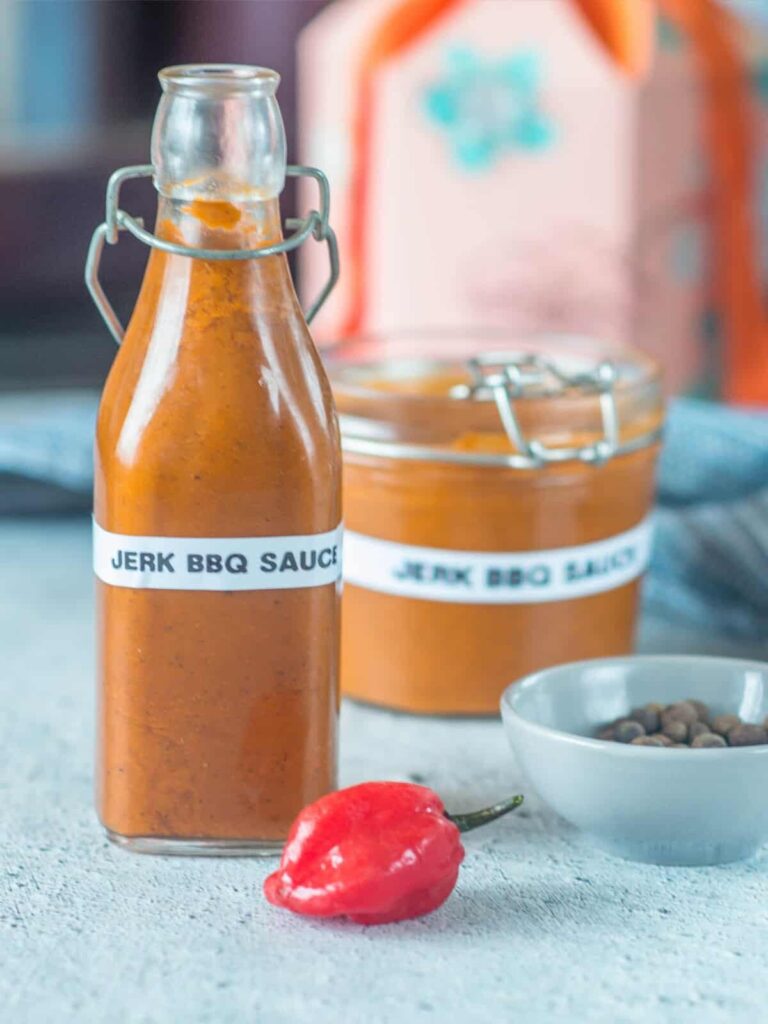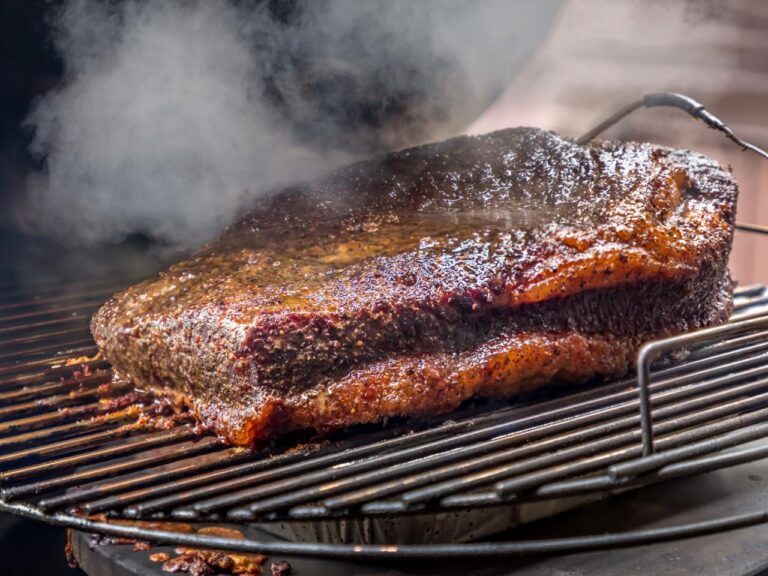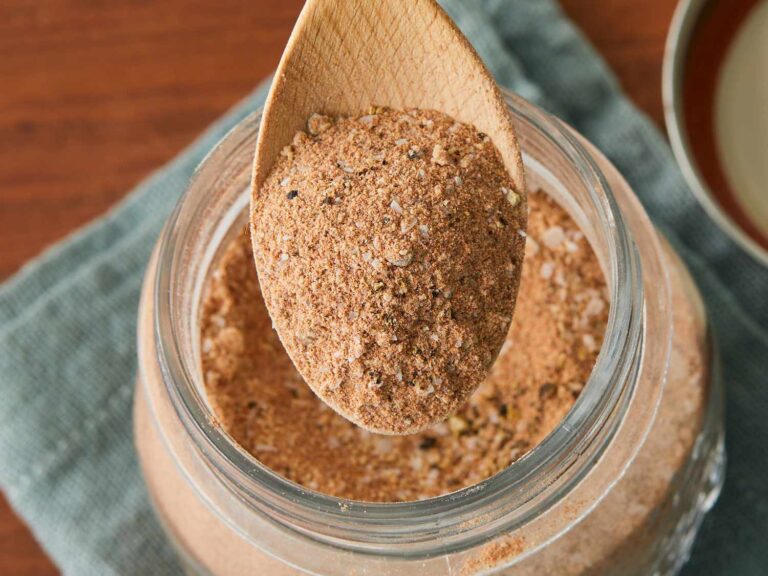Brisket 101: What is Brisket?
Brisket is a cut of beef that comes from the pectoral muscle of the cow. It is a tough cut of meat with a lot of connective tissue, but it is also packed with incredible flavor. As a result, brisket has become a popular meat for smoking and barbecuing.
If you are new to brisket, you may be wondering what is brisket and how to cook it. This article will serve as a beginner’s guide to brisket, covering everything you need to know to get started. We will cover the different parts of brisket, how to prepare it, cooking methods, choosing the right ingredients, serving and slicing, and more.
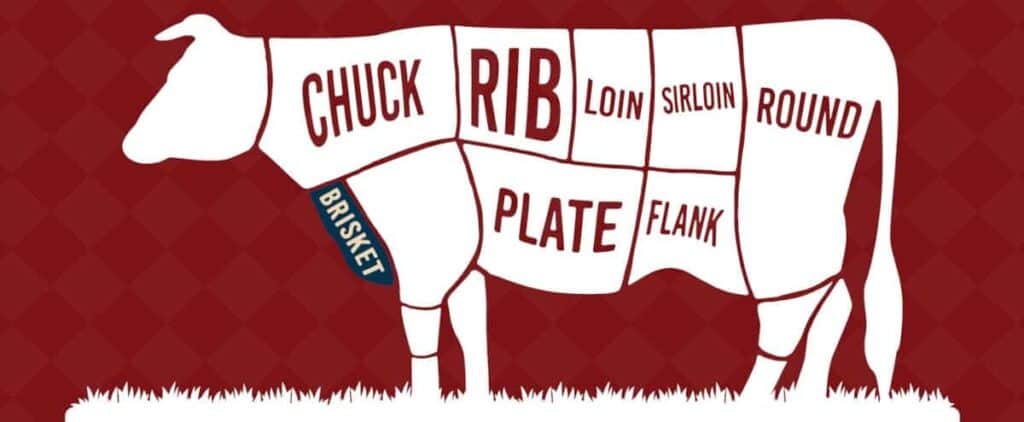
Key Takeaways
- Brisket is a tough cut of beef that is packed with flavor and has become popular for smoking and barbecuing.
- This article serves as a beginner’s guide to brisket, covering everything from the different parts of brisket to serving and slicing.
- By following the tips and techniques outlined in this article, you can learn how to prepare and cook brisket like a pro.
Understanding What is Brisket
Brisket is a cut of beef that comes from the chest of a cow. It is a tough cut of meat that requires slow cooking to become tender. A whole brisket consists of two parts, the point and the flat, which are separated by a layer of fat. The point is the thicker, fattier end of the brisket, while the flat is the leaner end. The point is often used for making burnt ends or chopped brisket, while the flat is commonly sliced for serving.
When purchasing brisket, it is important to look for a good marbling of fat throughout the meat, as this will help keep it moist during cooking. A whole brisket can weigh up to 18 pounds, so it is often sold in smaller portions, such as the flat or point. To prepare brisket for cooking, it is recommended to trim any excess fat and silver skin from the meat. This will help the meat cook more evenly and prevent any tough or chewy bits.

When cooking brisket, it is important to use a low and slow method, such as smoking or braising. This allows the connective tissue in the meat to break down and become tender. A popular method for cooking brisket is the Texas-style barbecue, which involves smoking the meat over a low heat for several hours until it is fall-apart tender.
Different Parts of Brisket
Brisket is a large, primal cut of beef taken from the lower breast of the cow. It is a versatile cut of meat that can be cooked in a variety of ways, including smoking, braising, and roasting. Brisket contains a lot of fat and connective tissue, which contributes to its beefy taste.
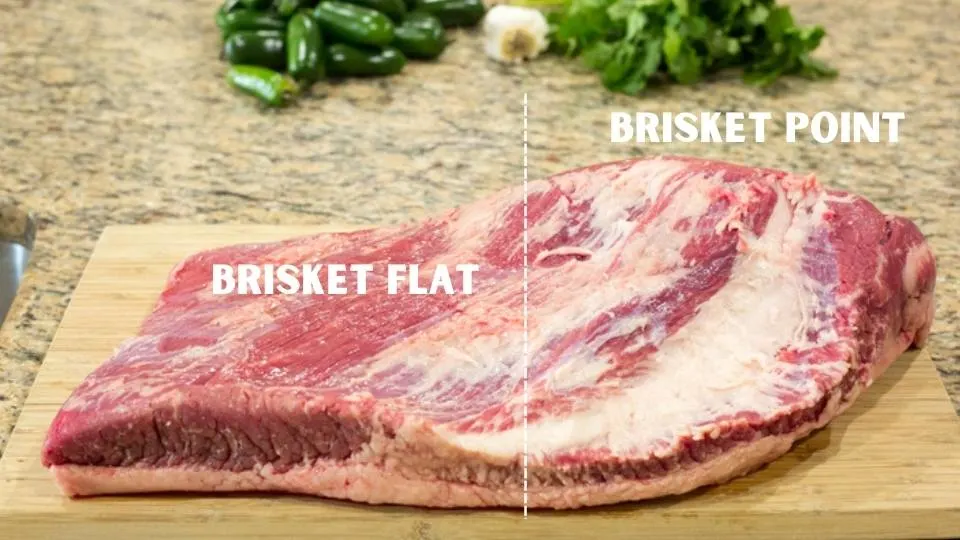
Flat Cut
The flat cut, also known as the “first cut,” is a leaner and more uniform cut of brisket. It is rectangular in shape and has a layer of fat on one side. The flat cut is the most common cut used for making corned beef and pastrami. It is also a popular cut for smoking because it is easier to cook evenly than the point cut. When purchasing a flat cut, look for one that is evenly shaped and has a consistent thickness. A good flat cut should have a layer of fat on one side that is about 1/4 inch thick.
Point Cut
The point cut, also known as the “second cut,” is a fattier and more irregularly shaped cut of brisket. It has a triangular shape and is thicker at one end than the other. The point cut is the preferred cut for making barbecue brisket because it has more marbling and fat, which helps keep the meat moist during the long cooking process. When purchasing a point cut, look for one that has a good amount of marbling and fat. The fat should be evenly distributed throughout the meat. The point cut can be more difficult to cook evenly than the flat cut, so it is important to keep an eye on it during the cooking process.
Overall, both the flat cut and the point cut have their own unique characteristics and are suitable for different types of cooking. The deckle, which is a layer of fat and muscle that separates the flat and point cuts, can also be used for cooking. It is important to choose the right cut of brisket for your cooking method and to prepare it properly to ensure a delicious and tender result.
Preparation of Brisket
Preparing brisket is an essential step in achieving a delicious and tender final product. It involves trimming, rubbing, and wrapping the meat to ensure that it cooks evenly and retains its moisture.
Trimming
Before cooking, it is crucial to trim the brisket to remove any excess fat or connective tissue. This process ensures that the meat cooks evenly and prevents it from becoming tough. Start by removing the thick layer of fat on the top of the brisket, also known as the fat cap. Use a sharp knife to trim off any silver skin or connective tissue, which can be tough and chewy.
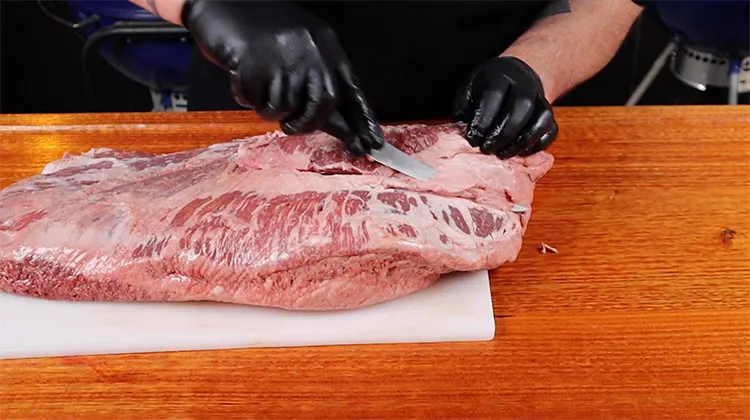
Rubbing
After trimming, it’s time to apply the rub. A rub is a blend of spices and herbs that are used to flavor the meat and create a crust on the surface. There are many different types of rubs, from sweet to spicy, and each one can be customized to suit your taste. Apply the rub liberally to both sides of the brisket, making sure to massage it into the meat.
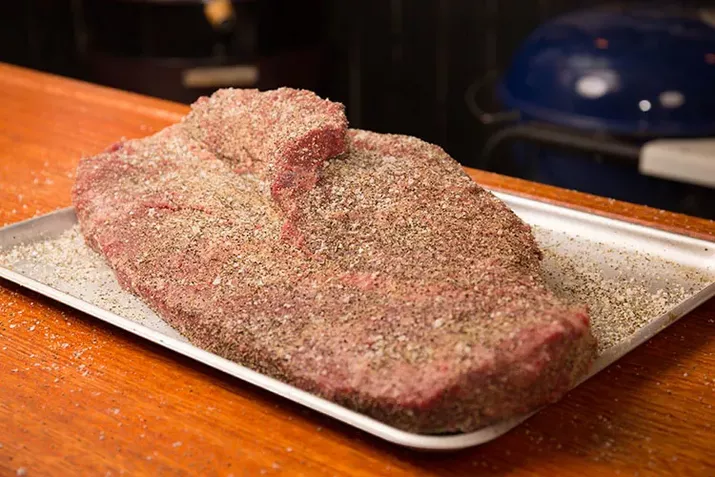
Wrapping
Wrapping the brisket is the final step in preparation. It helps to lock in the moisture and flavor, ensuring that the meat stays tender and juicy. There are several ways to wrap a brisket, but the most common method is to use aluminum foil. Wrap the brisket tightly in foil, making sure to seal all the edges. This will create a steamy environment that will help to tenderize the meat.
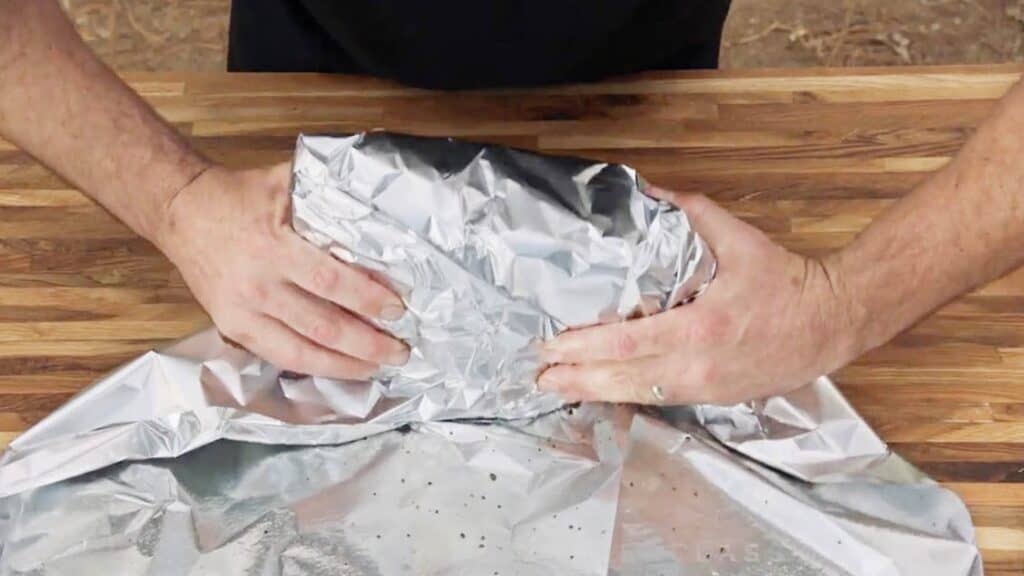
Cooking Methods
When it comes to cooking brisket, there are several methods to choose from. Each method has its own unique benefits and drawbacks, so it’s important to choose the one that best fits your needs.
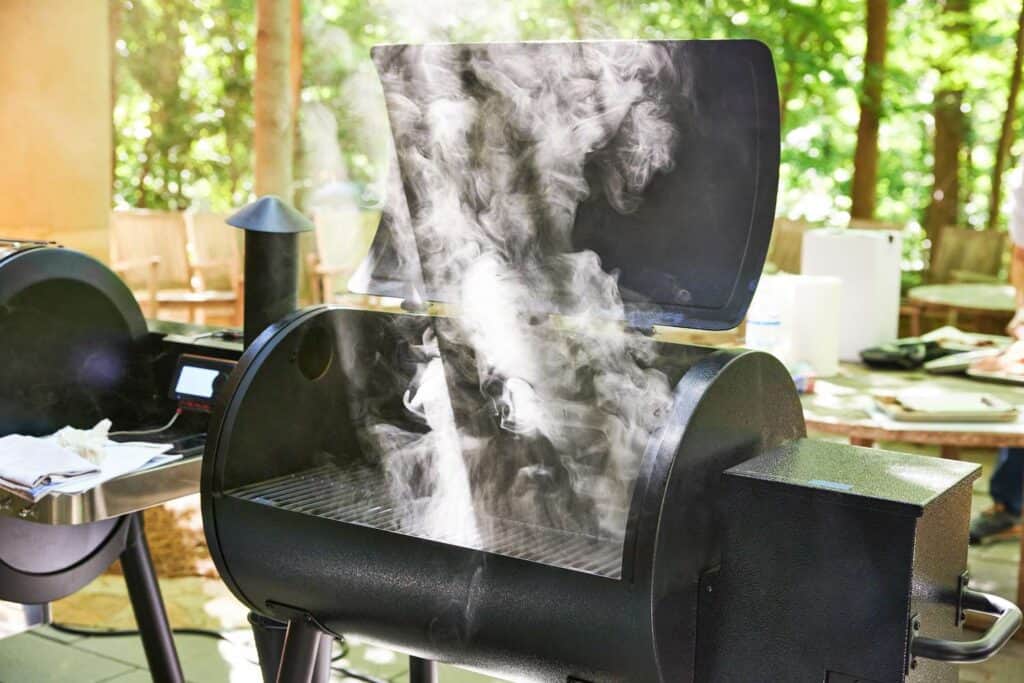
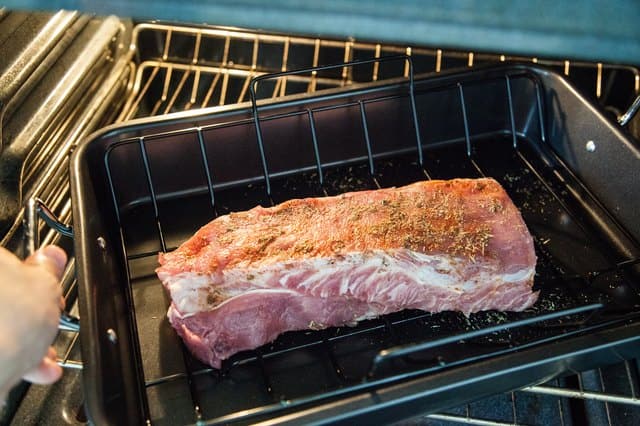

Smoking
Smoking is one of the most popular methods for cooking brisket. It involves cooking the meat low and slow over wood smoke for several hours until it reaches the desired internal temperature. The low and slow cooking process breaks down the tough connective tissue in the brisket, resulting in a tender and flavorful meat. To smoke brisket, you will need a smoker and wood chips or chunks. The type of wood you use will affect the flavor of the meat. Popular woods for smoking brisket include hickory, oak, and mesquite.
Grilling
Grilling is another popular method for cooking brisket. It involves cooking the meat over high heat for a shorter period of time than smoking. Grilling can be done over charcoal or gas, and the meat can be seasoned with a dry rub or marinade. ,To grill brisket, you will need a grill and a meat thermometer. It’s important to monitor the internal temperature of the meat to ensure it is cooked to the appropriate temperature.
Braising
Braising is a method of cooking that involves cooking the meat in liquid over low heat for an extended period of time. This method is great for tough cuts of meat like brisket because it helps to break down the connective tissue and make the meat tender. To braise brisket, you will need a Dutch oven or other large pot, liquid (such as beef broth or red wine), and seasonings. The meat is seared on the stovetop before being placed in the pot with the liquid and seasonings and cooked in the oven for several hours.
Oven Roasting
Oven roasting is a simple method for cooking brisket that involves cooking the meat in the oven at a low temperature for several hours. This method is similar to smoking, but without the use of wood smoke. To roast brisket in the oven, you will need a roasting pan and a meat thermometer. The meat can be seasoned with a dry rub or marinade before being placed in the oven.
No matter which method you choose, it’s important to monitor the internal temperature of the meat to ensure it is cooked to the appropriate temperature. The USDA recommends cooking beef to an internal temperature of at least 145°F (63°C) for safety.
Choosing the Right Ingredients
When it comes to brisket, selecting the right ingredients is crucial to achieving a delicious and tender final product. Here are some tips for choosing the best meat, rub, and wood for your brisket.
- Selecting the Meat: The first step in making great brisket is choosing the right cut of beef. Look for a whole packer brisket, which includes both the flat and point cuts. This cut has the perfect balance of fat and meat, which is essential for a juicy and flavorful brisket. You can find this cut at your local butcher or online.
- Choosing the Rub: A dry rub is an essential part of any brisket recipe. The rub helps to flavor the meat and create a crust on the outside. To make a classic brisket rub, combine kosher salt, black pepper, garlic powder, onion powder, chili powder, and brown sugar. Rub the mixture generously over the entire brisket before smoking.
- Picking the Wood: Choosing the right wood for smoking your brisket is also important. Mesquite and hickory are popular choices for their bold and smoky flavors. However, fruitwoods like apple and cherry can add a subtle sweetness to the meat. Avoid using softwoods like pine or cedar, as they can impart a bitter taste to the meat.
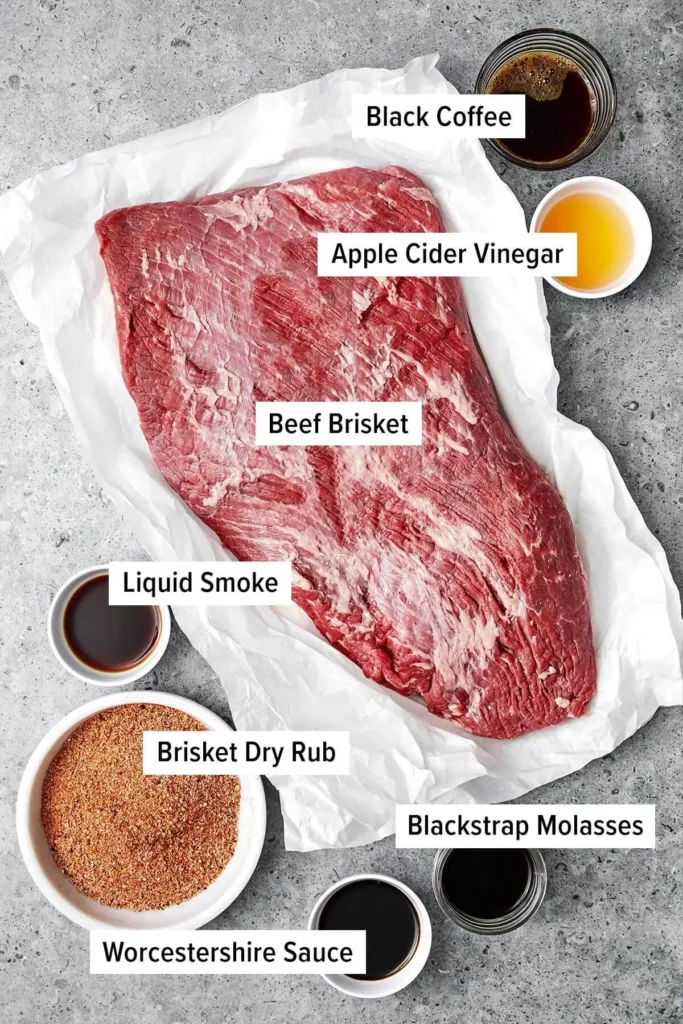
Serving and Slicing Brisket
Cutting the Brisket
After cooking your brisket to perfection, it’s time to slice it. But before you start, let it rest for at least an hour to ensure that the juices are distributed evenly throughout the meat.

When you’re ready to slice, place the brisket on a cutting board with the fat cap facing up. Use a sharp knife to cut against the grain, which will make the meat more tender. The grain of the meat runs in different directions, so be sure to examine the meat carefully before slicing.
For the first cut, slice off the point and the flat. The point is the fattier section, while the flat is leaner. You can separate them and slice them separately, or you can slice them together.
Serving Suggestions
Now that you’ve sliced your brisket, it’s time to serve it up. Here are a few serving suggestions to get you started:
- Serve with a side of coleslaw or potato salad for a classic BBQ meal.
- Make brisket burnt ends by cubing the point and tossing it in BBQ sauce before returning it to the smoker for a few more hours.
- Serve on a sandwich with pickles and onions for a delicious lunch.
- Pair with a cold beer and enjoy with friends and family.
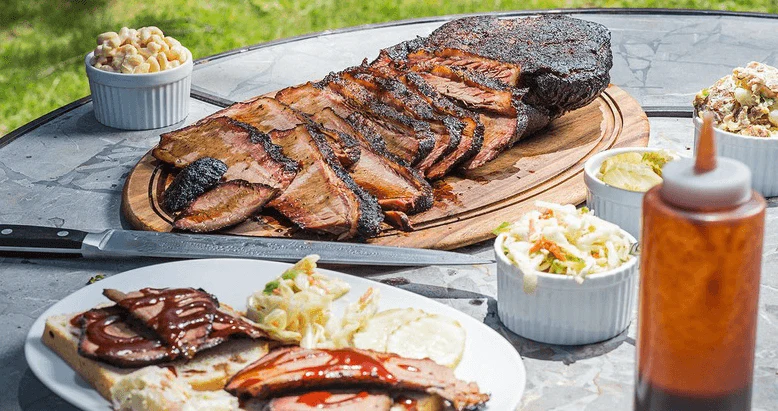
Special Brisket Recipes
If you’re looking for some special brisket recipes to try out, we’ve got you covered. Here are some of the most popular ways to cook brisket:
BBQ Brisket
BBQ brisket is a classic Texas-style dish that’s perfect for summer cookouts and family gatherings. To make BBQ brisket, you’ll need a packer cut brisket, BBQ sauce, and a smoker or grill. Here’s a simple recipe to get you started:
- Rub the brisket with your favorite BBQ rub and let it sit overnight in the fridge.
- Smoke the brisket at 225°F for 12-16 hours, until it reaches an internal temperature of 195-205°F.
- Wrap the brisket in foil and let it rest for at least an hour before slicing and serving with BBQ sauce.
Smoked Brisket
Smoked brisket is another popular way to cook this delicious cut of meat. To smoke a brisket, you’ll need a smoker and some wood chips. Here’s a basic recipe to get you started:
- Rub the brisket with your favorite seasoning and let it sit in the fridge for at least an hour.
- Preheat your smoker to 225°F and add your wood chips.
- Smoke the brisket for 10-12 hours, until it reaches an internal temperature of 195-205°F.
- Let the brisket rest for at least an hour before slicing and serving.
Brisket in Slow Cooker
If you don’t have a smoker or grill, you can still make delicious brisket in a slow cooker. Here’s a simple recipe:
- Season the brisket with salt, pepper, and garlic powder.
- Place the brisket in the slow cooker and add some beef broth or water.
- Cook on low for 8-10 hours, until the brisket is tender.
- Serve with your favorite sauce or ketchup.
No matter how you choose to cook your brisket, there are plenty of easy recipes and Texas-style brisket options to choose from. Experiment with different rubs, sauces, and cooking methods to find your perfect brisket recipe.
Common Pitfalls and How to Avoid Them
Brisket is a delicious cut of meat, but it can be challenging to cook correctly. Here are some common pitfalls to avoid when cooking brisket:
- Not Using a Thermometer: Using a thermometer is essential when cooking brisket. It’s the only way to ensure that the meat is cooked to the right temperature. A pitmaster should invest in a high-quality meat thermometer to make sure that the brisket is cooked to perfection.
- Not Adding Enough Liquid: Brisket needs to be cooked low and slow, and that means it needs plenty of liquid to keep it moist. A pitmaster should add liquid to the cooking vessel, such as beef broth or water, to ensure that the brisket stays moist throughout the cooking process.
- Not Using Aromatics: Aromatics such as onions, garlic, and herbs can add depth and flavor to the brisket. A pitmaster should add these ingredients to the cooking vessel to enhance the taste of the brisket.
- Not Trimming the Brisket: Trimming the brisket is an essential step in preparing it for cooking. A pitmaster should remove any excess fat or connective tissue from the brisket to ensure that it cooks evenly and is not tough.
- Not Allowing Enough Time for Braising: Brisket needs to be cooked low and slow for several hours to break down the connective tissue and become tender. A pitmaster should allow enough time for the brisket to braise properly.
- Not Searing the Brisket: Searing the brisket after it has been braised can add a delicious crust to the meat. A pitmaster should sear the brisket in a hot pan or on the grill to enhance the flavor and texture of the meat.
Frequently Asked Questions
Disclosure: Our blog contains affiliate links to products. We may receive a commission for purchases made through these links. However, this does not impact our reviews and comparisons. We try our best to keep things fair and balanced, in order to help you make the best choice for you.
